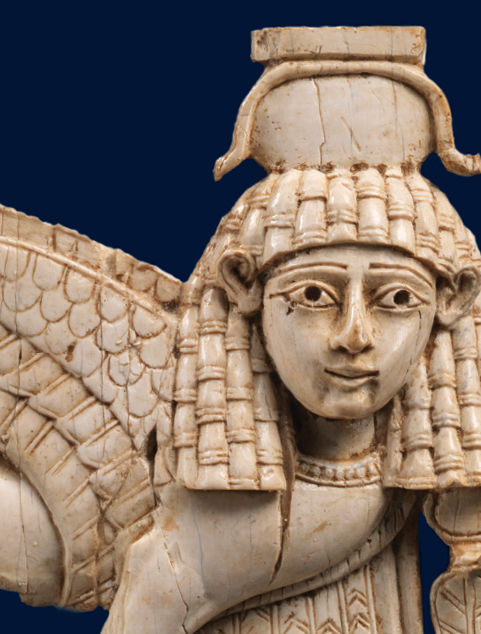MUSEUM
Metropolitan Museum of Art
Navigating the Mediterranean
Metropolitan Museum of Art
Navigating the Mediterranean
WE ARE GOING TO A LECTURE! The Phoenicians did more than I knew. Having heard the lecture, Carolyn and I are going back to the full exhibit.
We are also anxious to get our first look at the Koch fountains in front of the museum. Last night we attended the ballet in the Koch Theater.
The two fountain areas on both sides of the main entry are just right. They also paced there area and planted lots of trees. It looks good now and will only get better with time.
The two fountain areas on both sides of the main entry are just right. They also paced there area and planted lots of trees. It looks good now and will only get better with time.
"Discover how Phoenician sailors built a trading network spanning the entire Mediterranean."
This program is held in conjunction with the exhibition Assyria to Iberia at the Dawn of the Classical Age.
Free with Museum admission
- Free Lecture
Welcome and Introduction
Sunday, October 5, 3:00–3:10 p.m.Free with Museum admission - Free Lecture
Foreign Exchange: Phoenician Maritime Trade in the Western Mediterranean
Sunday, October 5, 3:10–3:50 p.m.Free with Museum admission - Free Lecture
Re-creating an Ancient Phoenician Voyage
Sunday, October 5, 3:50–4:30 p.m.Free with Museum admission

Syrian-style openwork plaque with a striding sphinx, ca. 9th–8th century B.C. Neo-Assyrian period. Mesopotamia, Nimrud (ancient Kalhu). Ivory. The Metropolitan Museum of Art, New York, Rogers Fund, 1964 (64.37.1)
"A tale of absolutely stunning human invention."—New York Times
"The show is a must."—New York Observer
"The artistic legacy of the early first millennium B.C. . . . proves as complex, as arresting, and as essential to civilization as the classical Greek culture it gave rise to."—New Yorker
Assyria to Iberia at the Dawn of the Classical Age
September 22, 2014–January 4, 2015
At its height in the eighth to seventh century b.c., the Assyrian Empire was the dominant power of the ancient Near East and the largest empire the world had yet seen, reaching from Assyria (present-day northern Iraq) to the Mediterranean. As Assyria expanded, the Phoenician city-states of the Levant—precariously located along the edge of Assyrian territory—were compelled to expand and strengthen their maritime trade networks to the west. The mercantile connections they established along the northern coast of Africa and the southern coast of Europe to the Strait of Gibraltar and beyond, to the Atlantic, became conduits for raw materials, luxury goods, images, and ideas between the Near East and the Mediterranean.
This landmark exhibition will trace—through some 260 works of art on loan from major collections in Western Europe, the Caucasus, the Middle East, North Africa, and the United States—the deep roots of interaction between the ancient Near East and the lands along the shores of the Mediterranean and their impact on the artistic traditions that developed in the region. Parallels will also be drawn between works in the exhibition and those in the Metropolitan Museum's permanent collection of ancient Near Eastern art.
No comments:
Post a Comment